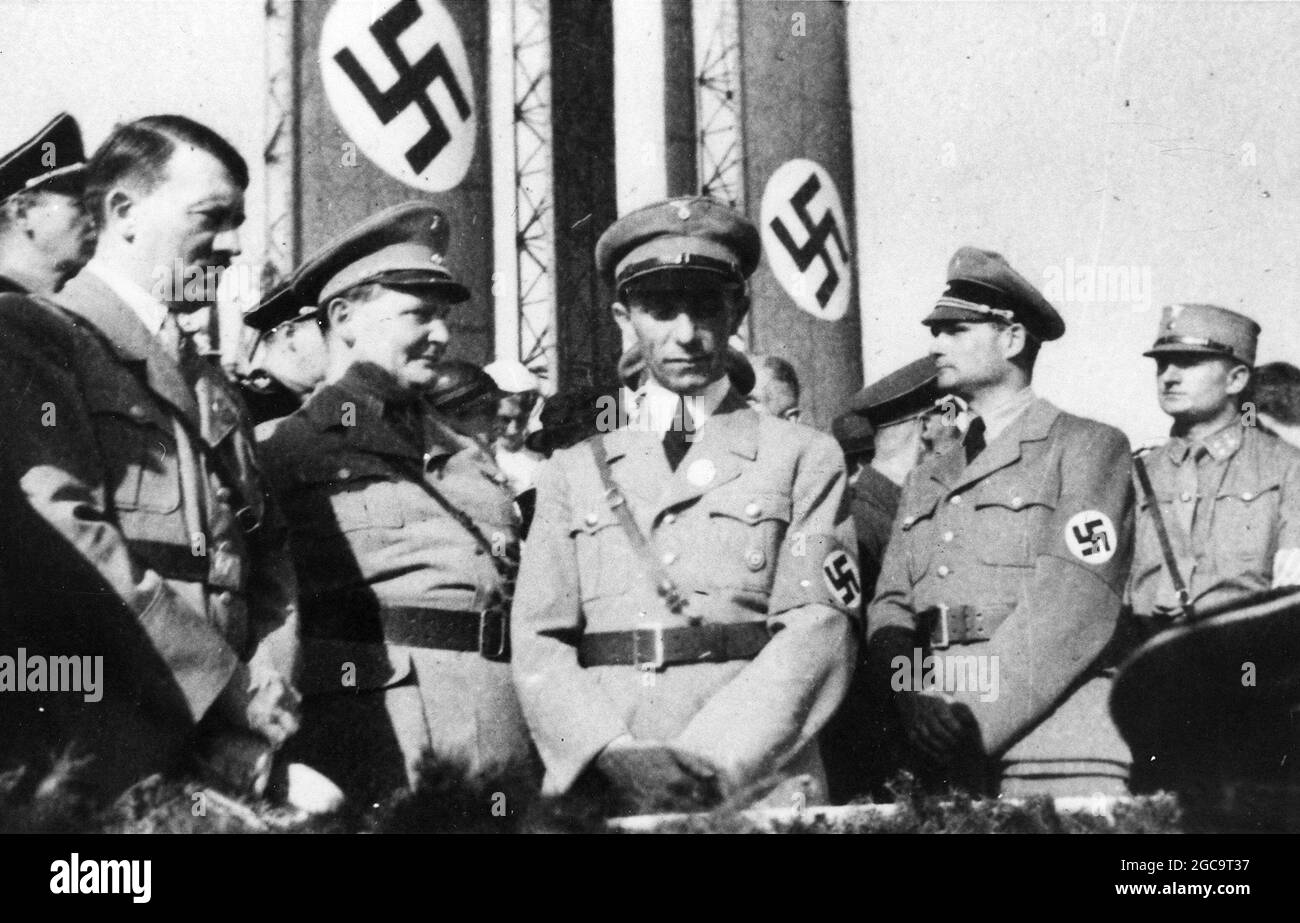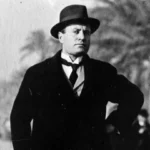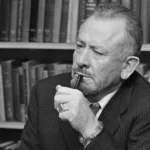Edmund Hitler: A Glimpse into a Forgotten Life
Edmund Hitler, the younger brother of Adolf Hitler, lived a brief life, passing away in 1900 at the tender age of six. Though his time was short, his death from measles had a profound impact on the Hitler family, particularly his mother, Klara.
Born in 1894, Edmund’s life was similar to any other child of that era. While historical records offer few details about his personality, it’s likely he experienced the simple joys and sorrows of childhood alongside his brother, Adolf. However, his untimely death cast a long shadow.
Klara, devastated by the loss of her young son, is believed to have become increasingly protective of Adolf. This theory suggests that Edmund’s death may have inadvertently contributed to the complex family dynamics that played a role in shaping Adolf’s life.
The tragic trajectory of Edmund’s life, juxtaposed against the infamous legacy of his brother, serves as a chilling reminder of life’s unpredictability. It underscores how individuals, even within the same family, can take vastly different paths. Examining Edmund’s story offers a glimpse into the human side of the Hitler family, a family that, like any other, experienced both love and loss.
Edmund’s legacy, though brief, highlights the fragility of life and how profoundly loss can impact a family. His story reminds us that behind every historical figure lies a complex web of human experiences, shaping who they become.
Unveiling the Truth Behind “What is Adolf Hitler’s Real Last Name?”
Have you ever wondered about Adolf Hitler’s last name? It might surprise you to learn that he wasn’t born with that surname. It’s true! His birth name was actually Adolf Schicklgruber. Intriguing, isn’t it?
The name change occurred in 1877 when Adolf’s father, Alois, decided to officially switch the family name from Schicklgruber to Hitler. Historians have proposed several theories about why Alois might have made this change.
One theory suggests that Alois wanted to secure a sense of legitimacy for his son, Adolf. There were, for a time, questions surrounding Alois’s own paternity. By adopting the surname “Hitler,” a variation of his deceased stepfather’s surname (Hiedler), he might have been attempting to solidify a more socially acceptable lineage.
Another possibility is that the name “Schicklgruber” carried a social stigma at the time. Perhaps Alois felt burdened by the name and sought to create a fresh start for himself and his family.
Adding another layer to this intriguing mystery are the historical variations of the “Hitler” surname itself. Records reveal spellings like Hiedler, Hüttler, Hytler, and Hittler, highlighting the inconsistencies in record-keeping and pronunciation common during that era. It’s possible that dialectal differences, evolving spelling practices, and even clerical errors contributed to these variations.
Despite these inconsistencies, one thing remained constant: Adolf consistently used the “Hitler” spelling throughout his life. Some historians suggest that the name’s simplicity and harshness may have played a role in its effectiveness in Nazi propaganda.
The evolution of the “Hitler” name, from its origins as Schicklgruber to the variations that followed, provides valuable context for understanding Adolf Hitler’s background. It underscores the complexities surrounding his identity and the historical circumstances that shaped his family’s narrative.
The Irish Connection: Who Did Hitler’s Brother Marry?
Adolf Hitler’s family history often takes a backseat to his horrific actions during World War II. However, exploring his family dynamics offers valuable insights into the man behind the atrocities. One particularly fascinating aspect is the marriage of his half-brother, Alois Hitler Jr., to Bridget Dowling, an Irish woman from Dublin.
Their story began in London in 1910. Bridget, a young woman working as a waitress, met Alois, and they soon married. This union made Bridget the sister-in-law of Adolf Hitler, a fact that would later thrust her into the spotlight.
However, their marriage was far from idyllic. Alois eventually abandoned Bridget and their son, adding another layer of complexity to an already intriguing family history. Bridget, left to raise their son alone, later toured and gave interviews about her experiences, sharing her unique connection to one of history’s most infamous figures.
Her accounts, while sometimes debated by historians, provide a potential window into Adolf Hitler’s early life. Bridget claimed to have met a young Hitler while visiting Vienna, describing him as “intense” and already harboring anti-Semitic views. These claims, if true, offer a glimpse into the potential development of Hitler’s hateful ideologies.
The story of Alois Jr. and Bridget’s marriage, though fraught with difficulty, offers valuable insight into the Hitler family dynamics. It provides a unique lens through which to view the personal life of a man who would go on to reshape the world in the most horrific ways.
Beyond the Führer: The Story of Angela Raubal, Adolf Hitler’s Half-Sister
While history remembers Adolf Hitler, few know of his half-sister, Angela Raubal. Born Angela Hitler in 1883, she was the daughter of Alois Hitler and his second wife, Franziska Matzelsberger. This familial connection placed Angela in a unique position, particularly as Hitler’s power grew.
Angela became a central figure in Hitler’s inner circle, managing his home at the Berghof in Obersalzberg. This role went beyond simple housekeeping; it was a position of immense trust. She became his confidante, offering support and a listening ear during his rise to power.
This unwavering loyalty, however, came at a price. As Hitler led Germany down a dark path, Angela found herself in an impossible situation. How could she reconcile her love for her brother with the horrors he was unleashing upon the world?
Historians continue to debate the extent to which Angela was aware of the atrocities committed under the Nazi regime. Did she silently bear witness, torn between familial love and a guilty conscience?
After the war and Hitler’s death, Angela lived for several more years, but controversy followed her. Some accused her of complicity, while others maintained that her devotion to Hitler stemmed solely from familial love.
Angela Raubal’s life, forever linked to one of history’s most notorious figures, provides a glimpse into the complexities of family ties amidst a backdrop of unspeakable evil. Her story, though shrouded in uncertainty, reminds us that history is rarely black and white. It challenges us to consider the ethical dilemmas faced by those living in the shadow of tyranny.












